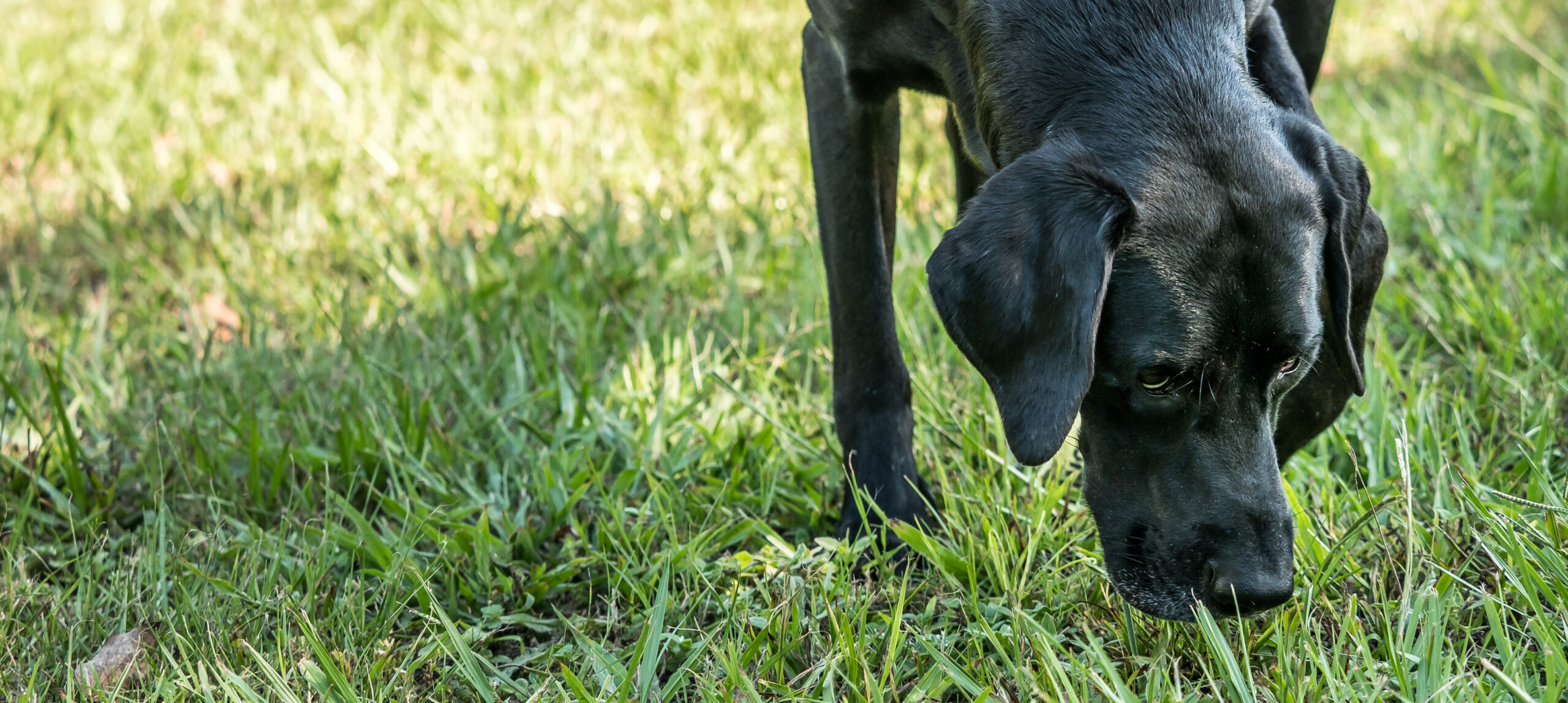Traveling on a commercial airline with your service dog sometimes, is necessary.
Proper preparation for a successful experience, is essential.
Service dogs are expected to behave and cope with the stress of traveling through airports and onboard an aircraft. They must be able to spend time in close proximity to a lot of people, stay in one very small space for long periods of time, and to deal with the various activities while onboard an aircraft. Extensive public access training is a must and previous trips to the airport are highly recommended.
In order to take your service dog on a plane, she must be able to ignore people and other dogs, walk politely on a leash, back up, go on a down and stay down for long periods of time and know how to “leave it”, to mention a few.
If your service dog has the training and is ready to get on a plane, here are some tips to help you prepare for an uneventful and positive trip.
- Notify the airline ahead of time that you will be traveling with a service dog.
- As soon as you book your ticket, call the airline to notify them that you will be traveling with a service dog. Depending on where you are traveling to, the airline may ask that you provide dog’s health certificate. You may be asked questions regarding the kind of service dog provides. The airline may not ask information pertaining to your disability or charge you extra to accommodate a larger breed in the bulk seat. Additionally, airlines do require that service dogs wear a vest or some kind of identification so they can be easily identified. I would also recommend calling the airline ahead of time before your return flight.
- Exercise your dog. Make sure your dog has the opportunity to get excess energy out. If you are flying out early in the morning, give your dog a really good workout the day before. If you are traveling later in the day, make time to go on an extra long run and/or a vigorous training session. A well-exercised dog is more likely to stay in a compact space and nap during the flight.
- Limit the food and water intake before the flight. Do not feed your dog on the day of travel to reduce the risk of your dog becoming sick on the plane. Your dog will be more agreeable to work for you on an empty stomach if you reward the dog with treats. Do not allow your dog to drink large amounts of water before the flight. Remember whatever goes in must also come out.
- Make sure that your dog has gone potty before heading to the airport. The worst thing that can happen is that your dog has an accident at the airport, or worse in the plane. I always make sure my dog has had the opportunity to defecate and urinate before heading to the airport.
- Allow enough time to check in and then take your dog to the pet relief area one more time. Again, give your dog one more opportunity to go potty before boarding. Do your research before going to the airport. Locate the pet relief areas for the airport from which you are departing and the one that you will be arriving. Print a map if necessary.
- Be ready to navigate through security. When you arrive at the security checkpoint, notify the TSA screening officer that you are traveling with a service dog. You and your dog will need to be able to go through metal detector screening and/or be patted down. I typically ask my dog to wait, then I pass through the metal detector, and then I call her to me. Whichever way you go through, be ready to follow instructions from the TSA officer.
- Check with the airline representatives and ask to board the plane before other passengers. It is easier to board the plane first and to get settled in ahead of the other passengers. After you and your dog are settled in, try to relax. Dogs sense stress. The more relaxed and content you are, the more relaxed your dog will be.
- Speak to the person sitting next to you. Introduce yourself and your dog to the passenger in the adjacent seat, and assure the passenger that your dog will behave and that you appreciate their understanding. I have learned through the years that most people will be friendly and curious about service dogs. However, there is a very small percentage of people who will make it difficult, exhibit rude behavior or complain about your dog. Do not engage in a discussion. Ask the flight attendant for assistance and they should be able to resolve the situation for you. Always stay calm and be prepared to ignore a difficult person.
- Bring a clean up kit. Always carry a clean up kit which can consist of a diaper, disinfectant wipes and plastic bags just in the event your dog suffers air sickness or there is a mishap.
- Go directly to the relief area. Identify the pet relief areas at the airport where you will be landing. After getting off the plane, immediately take your dog to go potty and then retrieve your luggage.
- Bring treats. Use treats to reward the good behavior and to keep the attention on you. Airports and planes can be very stressful places. Rewarding your dog when she is calm is reassuring. I give my dogs crunchy treats while taking off and landing, since dogs can get pressure in the ears, and chewing helps to release some the pressure.
Even the best-trained dog may have a difficult time flying. It is the handler’s responsibility to ensure that the dog has the proper training and temperament for flying. First try traveling by bus, train, and very short flights before going on longer trips. Also just walking your dog through the pre-security areas of an airport will help acclimate your dog to the various activities, sights, smells and sounds of being in an airport environment.
Ida DeLeon, CPDT-KA
AZ Dog Sports






Finding those relief areas is such an important element to map out ahead of time so you’re not rushing when you depart or arrive. The website Dogs on Planes is great about offering information about these areas in airports around the country: https://www.dogsonplanes.com/airports/.
Great advice!!